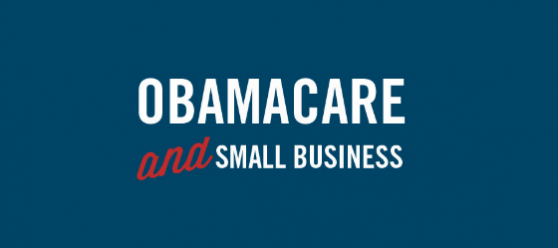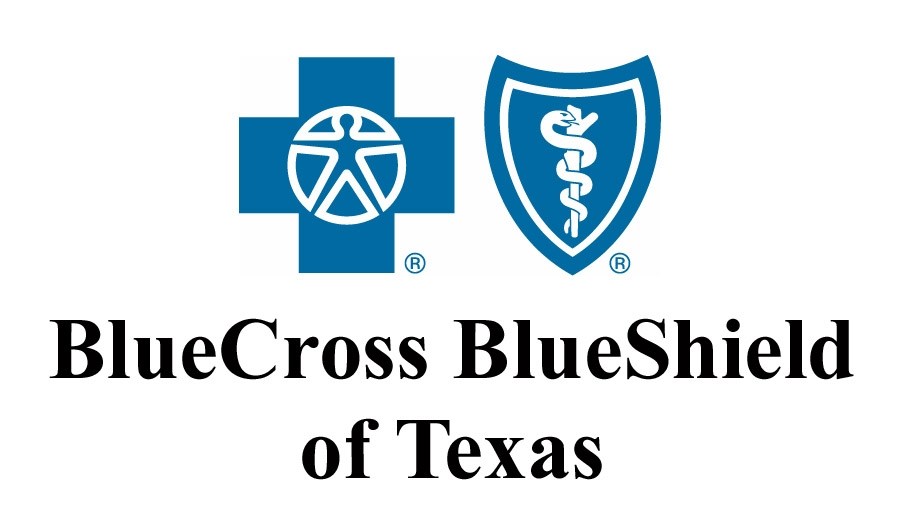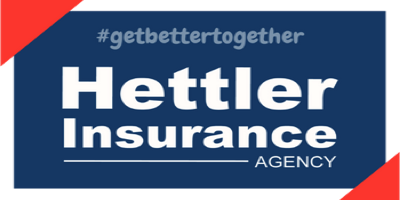
As you surely know by now, small employers in Texas are facing a series of changes under the Affordable Care Act. Some of these changes center around the Adjusted Community Rating (ACR), which went into effect in January of 2014. So far, it’s affected small businesses with 1 to 50 employees. But starting in 2016, employers with 51 to 100 employees will also be subject to ACR. Let’s look at ACR basics and some possible ways to navigate this potentially costly development.
ACR Basics
Community rating describes employees within a certain area, such as working for the same employer pooled into a “community.” Carriers used to consider eight different factors when setting the rate for each employee. The ACA has shrunk the number of factors to only four.
- Age
- Location
- Family Size
- Smoker or Non-Smoker
The definition of a smoker is somebody who uses any form of tobacco an average of four or more times per week, except for religious or ceremonial purposes.
The Age Band
Before the ACA, premium costs were much more expensive for older employees than younger, since older employees generally incur vastly more medical costs. The very old were paying up to eight times as much as the young and healthy. In most states, including Texas, this age rating band was 5:1 or greater.
Under the ACA, the age band shrank to 3:1. This means the oldest, least healthy employee would only pay three times what the youngest, healthiest person paid. The problem was that instead of the cost coming down for that elderly employee, it shot up for the young. People in their twenties saw their premiums rise up to 29 percent, and those in their thirties could pay up to 19 percent more. Many of them decided that since they were so young and healthy, they’d rather opt out and pay a penalty than subsidize all the old and unhealthy employees.
Avoiding the ACR in Texas
Companies who fall into the 51 to 100 employee category have a few ways to try to skirt a heavy immediate financial
impact. One bit of temporary relief could come through an extended transitional relief policy, as offered by Blue Cross Blue Shield of Texas. They gave their small employers with policy anniversaries dates through October 1, 2016 a chance to renew their current plan one last time. However, there were some legal details about whether the employer was offering adequate and affordable coverage for all their fulltime employees. Failure to do so could incur penalties and render this extension option a bad decision.
Self-Funding
Now that the ACA has stated a guaranteed issue provision, employees know that they’ll be assured coverage. This frees small employers to experiment with strategies traditionally used by larger employers, such as self-funding. When a company self-funds, it doesn’t have to comply with all of the ACA regulations.
Also known as Administrative Services Only, self-funded healthcare means the employer provides health benefits to its employees, using its own funds. This differs from the usual arrangement involving the employer contracting with an insurance company. Coverage is written up in a document resembling a group health insurance policy, but the company assumes risk for paying out claims.
Employers who self-fund usually buy stop-loss insurance to contain their risk. This way, the contractual relationship is set up between the employer and the plan participants, exempting the plan from state insurance regulations.
Self-funding has historically made sense for companies with over a thousand employees. Now at least partial self-funding has become common for employers with 300 to 400 employees. According to the Brookings Institute, somewhere between 8 and 16 percent of employers with 100 or fewer employees self-funded insurance. But the incentives to try this strategy are growing.
Employers who are too small to self-administer a self-funded group plan often contract with third parties. Sometimes these are insurance companies operating as administrative services only, which means they assume no risk for paying claims.
However, self-funding bears some risks. For example, the cost of a stop-loss policy could suddenly skyrocket, jeopardizing a small company’s policy.
Professional Employer Organization (PEO)
Joining a PEO is a legal way to get around the ACR system. A professional employer organization, also known as a staff leasing company, is a business entity offering professional employer services. The PEO hires a company’s employees so that the PEO becomes the employer of record for insurance and tax purposes. This is also known as co-employment or joint employment. The business owner is usually named the on-site supervisor and maintains control of the worksite. In practice, it’s pretty much business as usual.
By becoming part of a PEO, your company joins a large group, granting your employees access to the benefits that come with a larger community pool. You can also get really tricky, and combine a PEO with a self-funding health benefit plan.
Always Changing
As you know, the group health insurance landscape is always changing. And so are the workarounds, to help small employers stay in the black.




